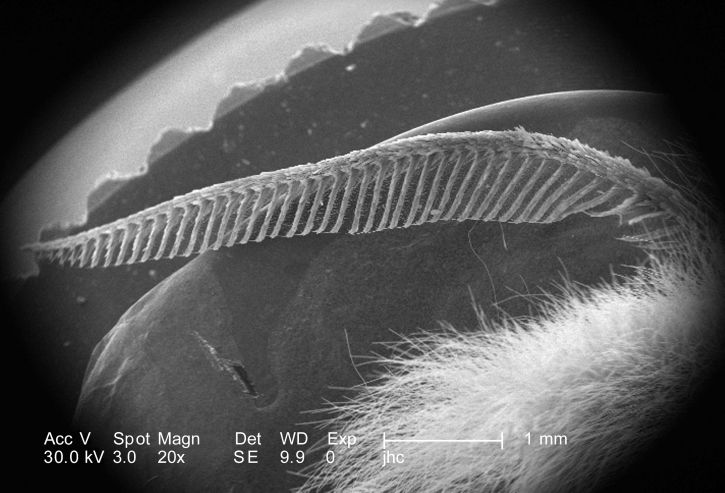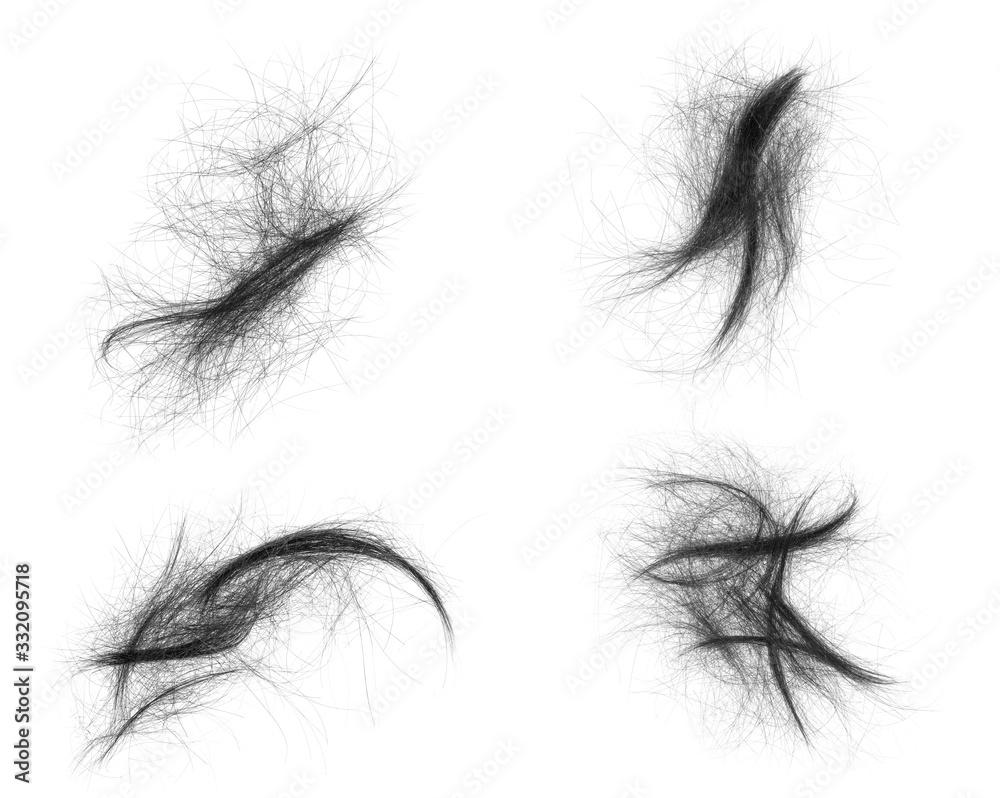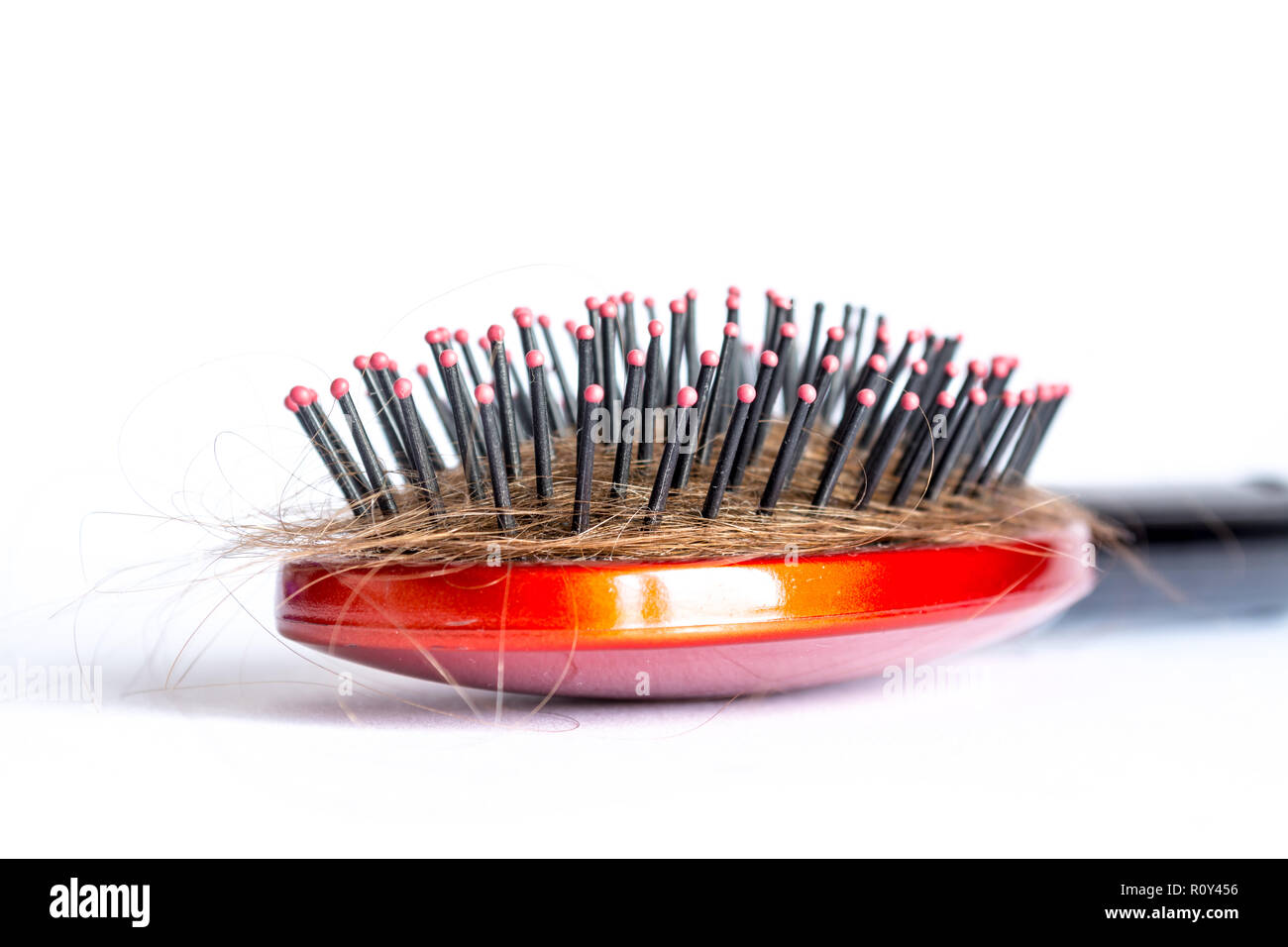Table Of Content

Your hair’s appearance is determined partly by the shape of your hair. At the bottom of the follicle, a piece of tissue called the papilla contains tiny blood vessels (capillaries). The follicle also contains the germinal matrix, where cells produce new hairs.
Tufted Hair Folliculitis: A Rare Inflammatory Scalp Condition
In the realm of hair styling, a tuft of hair refers to a specific section of hair that is intentionally styled or left unstyled for aesthetic purposes. This technique adds dimension and visual interest to various hairstyles, allowing individuals to create unique looks. Whether it’s a tuft of hair left longer on the crown of the head, accentuating a braided hairstyle, or framing the face in an updo, tufts of hair contribute to the overall allure of a hairstyle. Diagnosing tufted hair folliculitis typically involves a thorough clinical examination of the scalp and hair follicles. In some cases, a scalp biopsy may be necessary to confirm the diagnosis and rule out other conditions. Hair has its origins in the common ancestor of mammals, the synapsids, about 300 million years ago.
Tuft of Hair in Animal Anatomy
For example, in the animal kingdom, tufts of hair can be used for communication, defense, or camouflage. Certain species use tufts of hair to display dominance or attract mates, enhancing their chances of reproducing and passing on their genes. Also tell your healthcare professional about all of the medicines you take. If you plan ahead, some medicines can be adjusted to lower the potential risk of spina bifida. Children with spina bifida occulta typically don't have symptoms or complications. In these children, usually only routine pediatric care is needed.
Tuft of Hair in Anatomy
Stubble typically appears to grow back thicker because the shaved hairs are blunted instead of tapered off at the end, although the hair never actually grows back thicker. In fact, although genetic findings (Tishkoff, 2009) suggest that sub-Saharan Africans are the most genetically diverse continental group on Earth, Afro-textured hair approaches ubiquity in this region. This points to a strong, long-term selective pressure that, in stark contrast to most other regions of the genomes of sub-Saharan groups, left little room for genetic variation at the determining loci. Such a pattern, again, does not seem to support human sexual aesthetics as being the sole or primary cause of this distribution.
Tuft of thick hair on three-year-old girl's back reveals a hidden spinal condition - Daily Mail
Tuft of thick hair on three-year-old girl's back reveals a hidden spinal condition.
Posted: Thu, 30 Jan 2014 08:00:00 GMT [source]
A piece of hair may look simple, but it’s one of the body's most complicated structures. The hair follicle is the part below the skin, and the hair shaft is what you see above your skin. Film and television stars of both past and present often wear toupées for professional reasons, particularly as they begin to age and need to maintain the image their fans have become accustomed to. However, many of these same celebrities go "uncovered" when not working or making public appearances. Toupées are often custom made to the needs of the wearer, and can be manufactured using either synthetic or human hair.

Medical Information
Tufts of hair in animals serve various functions and can be found in different species, offering insights into their unique adaptations and behaviors. Additionally, tufts of hair also play a role in hair styling, allowing for creative and visually appealing hairstyles. Let’s explore the significance of tufts of hair in animal anatomy and their usage in hair styling.
More Commonly Misspelled Words
Your Assfro Has Got to Go (So Here’s How to Get Rid of It) - GQ
Your Assfro Has Got to Go (So Here’s How to Get Rid of It).
Posted: Sat, 13 May 2017 07:00:00 GMT [source]
Because the hair on one's head is normally longer than other types of body hair, it is cut with scissors or clippers. People with longer hair will most often use scissors to cut their hair, whereas shorter hair is maintained using a trimmer. Depending on the desired length and overall health of the hair, periods without cutting or trimming the hair can vary. Another factor in human evolution that also occurred in the prehistoric past was a preferential selection for neoteny, particularly in females. The idea that adult humans exhibit certain neotenous (juvenile) features, not evinced in the other great apes, is about a century old. However, while men develop longer, coarser, thicker, and darker terminal hair through sexual differentiation, women do not, leaving their vellus hair visible.
Jablonski's assertions[52] suggest that the adjective "woolly" in reference to Afro-hair is a misnomer in connoting the high heat insulation derivable from the true wool of sheep. Instead, the relatively sparse density of Afro-hair, combined with its springy coils actually results in an airy, almost sponge-like structure that in turn, Jablonski argues,[52] more likely facilitates an increase in the circulation of cool air onto the scalp. Further, wet Afro-hair does not stick to the neck and scalp unless totally drenched and instead tends to retain its basic springy puffiness because it less easily responds to moisture and sweat than straight hair does. The significance of tufts of hair varies greatly depending on factors such as genetics, culture, and individual preferences. While tufts of hair in humans can be purely aesthetic, in animals, they often have a direct impact on survival and reproductive success.
How Hair Forms
Most common interest in hair is focused on hair growth, hair types, and hair care, but hair is also an important biomaterial primarily composed of protein, notably alpha-keratin. Parietal and occipital areas are involved with predilection in tufted hair folliculitis, but the entire scalp may be affected. Though pustules are not present, it may be possible to express purulent exudate from the dilated follicular openings. Depending on the duration of the condition and the underlying cause of the tufting, there may be erythema, edema, tenderness, and/or bogginess of the scalp. A case of tufted hair folliculitis having a linear pattern has been reported. In human anatomy, tufts of hair can be seen on the scalp, face, or limbs.
If your hair gets damaged, it can renew itself without scarring. Tightly coiled hair in its natural state may be worn in an Afro. This hairstyle was once worn among African Americans as a symbol of racial pride.
This totals about five million hair follicles, with about one million on the head and 100,000 on the scalp. This is the largest number of hair follicles you will ever have. Hair has great social significance for human beings.[63][64] It can grow on most external areas of the human body, except on the palms of the hands and the soles of the feet (among other areas).

For this reason, experts recommend that all people of childbearing age take a supplement of 400 micrograms (mcg) of folic acid a day. It's thought that a combination of genetic, nutritional and environmental risk factors causes the condition. This includes having a family history of neural tube defects and getting too little folate, also known as vitamin B-9, during pregnancy. This type of spina bifida results in a small separation or gap in one or more of the bones of the spine, called vertebrae.
Understanding the significance of tufts of hair provides valuable insights into the diverse ways in which living organisms adapt and thrive in their respective environments. A tuft of hair is a small cluster or patch of hair that stands out from the surrounding area. It can be found in both humans and animals, and it has unique characteristics that set it apart. Tufts of hair can vary in color, length, and thickness, and they can be found on different parts of the body. The hair follicles in your skin contain living cells to allow your hair to grow. The shaft—the part of the hair we see—is made up of dead cells and consists of three different layers.
Men chose to attempt to appear younger, and toupées were one method used. While most toupées are small and designed to cover bald spots at the top and back of the head, large toupées are not unknown. Eyebrows and eyelashes do not grow beyond a certain length (eyelashes are rarely more than 10 mm long). However, trichomegaly can cause the lashes to grow remarkably long and prominent (in some cases the upper lashes grow to 15 mm long). The eyebrows provide moderate protection to the eyes from dirt, sweat and rain.

No comments:
Post a Comment